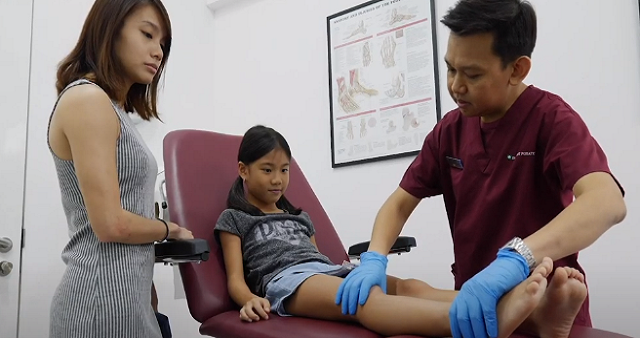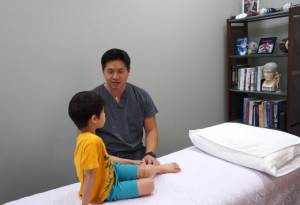Growing pain in children can be very annoying. If your child is also in pain at night, this can lead to sleepless nights for both your child and you. But is there anything you can do about it? We’ll tell you all about growing pains in children and give you tips to ease the pain.
 |
 |
What is a growing pain?
Growing pain refers to pain in the legs, feet, and knees. Your child sometimes experiences this pain at the end of the day, but especially at night. This can be very annoying. About 30% of children in the Netherlands sometimes suffer from growing pains. Girls are more affected than boys, and it is most common in children between 4 and 10 years old.
What are the symptoms of growing pain
It may be that your child does not suffer from anything during the day and then suddenly wakes up crying at night. Most complaints and pain occur in both legs, usually around the knees or in the shins or feet. Your child may also complain of pain deep in the muscles of either calf or thigh. The pain may be continuous, or it may come on in attacks. Growing pains are more common after a busy day when your child has walked a lot. It is essential to know that with increasing pain your child can sometimes not have problems for days to even weeks.
How does growing pain arise?
Opinions differ about the development of growing pains. Most think that increasing pain has nothing to do with the building. Whatever the cause, research has shown that there are no structural abnormalities in the leg in children with growing anxiety.
Is growing pain severe?
Growing pain is entirely harmless. Your child will usually not be bothered by it within two years.
When should you see a doctor with growing pain?
In principle, if you suspect that your child is suffering from growing pain, you do not need to see a doctor. If in doubt or if your child shows any of the symptoms below, we recommend a visit to the general practice. Go to the doctor at:
- Pain in only one leg.

- Unexplained fever.
- Pain that occurs both during the day and at night.
- Pain that lasts longer than half a year.
- More pain when moving the legs.
- Limited movement of the legs.
- Pain in the joints (hips, knees).
- Abnormal swelling of the knee, for example.
What can you do yourself against growing pain?
There are several things you can do yourself to help relieve your child’s pain.
- Rubbing: Growing pain eases when you rub your child’s legs. Children can usually indicate very well what they like.
- Stretching: Stretching the legs can ease the pain. You can leave your child flat on the bed for this and then slowly lift the legs one by one. Make sure that the knee remains straight, and the foot is bent to the maximum. Repeat this about ten times.
- Warmth: the pain is less when you warm the legs. You can do this with a jug or with warm cloths.
- Painkillers: The pain can be so severe that you can give your child a pain reliever.
